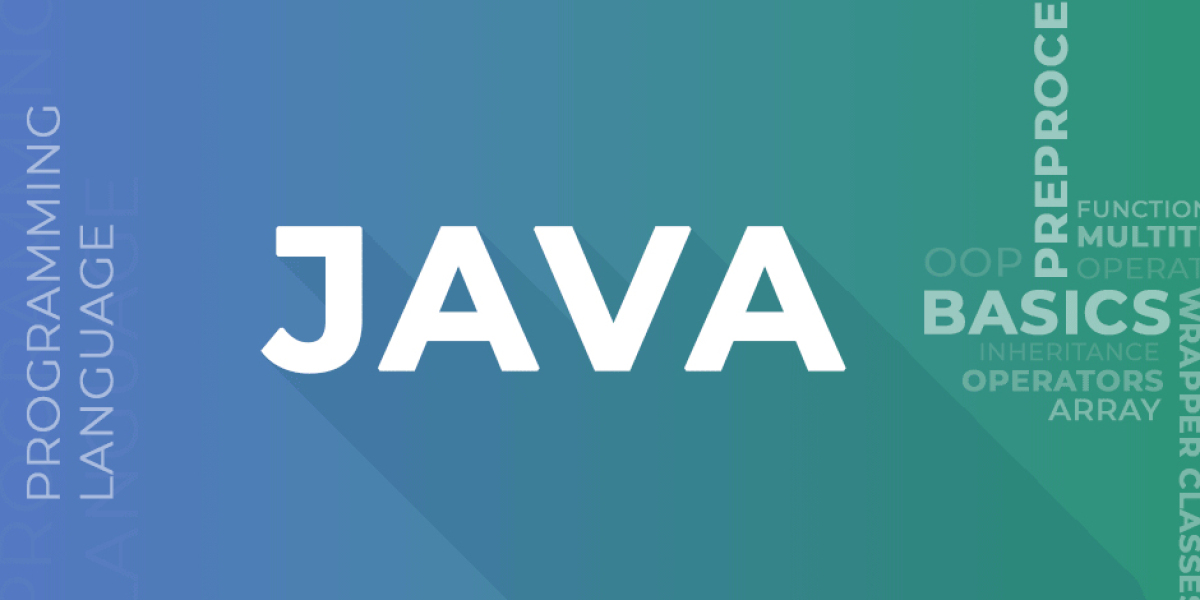Building robust and scalable backend systems is one of the most crucial aspects of modern application development. As businesses grow, applications must handle millions of transactions, maintain performance, and remain easy to maintain. For this, Java backend development has emerged as a trusted choice due to its stability, scalability, and vast ecosystem. Whether you are a full stack Java developer or planning to hire Java developers, writing clean and scalable Java backend code is a skill that directly impacts long-term project success.
In this article, we will share the best practices for Java full stack development, focusing on backend optimization, maintainability, and scalability.
1. Follow SOLID Principles for Code Quality
A Java backend developer must always keep the SOLID principles in mind when writing code. These principles help structure backend systems that are modular, flexible, and maintainable.
Single Responsibility Principle (SRP): Each class should only handle one responsibility.
Open/Closed Principle (OCP): Code should be open for extension but closed for modification.
Liskov Substitution Principle (LSP): Subclasses should be replaceable by their parent classes without breaking functionality.
Interface Segregation Principle (ISP): Split large interfaces into smaller, more specific ones.
Dependency Inversion Principle (DIP): Rely on abstractions, not concrete implementations.
By applying these rules, a Java full stack development project becomes easier to scale and less prone to errors.
2. Use Design Patterns for Scalable Architecture
A full stack Java developer should master common design patterns to solve repetitive problems in backend development. Some recommended patterns include:
Singleton Pattern: Ensures a single instance of a class is created, useful for database connections or configuration classes.
Factory Pattern: Helps in object creation without exposing the logic directly.
Observer Pattern: Useful for event-driven systems and notification handling.
Builder Pattern: Simplifies complex object construction with better readability.
By using these patterns, Java backend developers can design systems that scale naturally and are easier to extend.
3. Write Clean and Readable Code
Readable code is more important than "smart" code. When multiple Java developers collaborate on a project, clean code ensures better team efficiency.
Best practices include:
Follow Java Naming Conventions for classes, variables, and methods.
Keep methods short and focused.
Avoid code duplication with reusable utility classes.
Write meaningful comments only where necessary, not everywhere.
Use logging frameworks like SLF4J or Log4j instead of
System.out.println.
A well-written codebase allows new Java backend developers to adapt quickly without spending weeks on onboarding.
4. Optimize Database Interactions
Backend systems rely heavily on databases. A poor database design can slow down the entire system. Some optimization tips include:
Use ORM frameworks like Hibernate or JPA for efficient data access.
Write parameterized queries to prevent SQL injection.
Implement connection pooling for better performance.
Normalize databases, but also denormalize when needed for faster reads.
Use caching layers (Redis, Ehcache) to reduce database load.
A full stack Java developer who masters database optimization ensures both performance and scalability.
5. Apply Proper Exception Handling
Ignoring exceptions can cause applications to crash without warning. To prevent this:
Use custom exceptions for business logic errors.
Always log exceptions with stack traces.
Avoid catching generic exceptions like
Exceptionunless necessary.Implement global exception handlers using Spring Boot’s
@ControllerAdvice.
This allows the system to handle failures gracefully without affecting user experience.
6. Leverage Spring Boot and Microservices Architecture
In modern Java full stack development, Spring Boot has become the standard for backend systems. It simplifies configuration, dependency management, and deployment.
Key best practices include:
Break down applications into microservices for scalability.
Use Spring Data JPA for streamlined database operations.
Apply Spring Security for authentication and authorization.
Implement RESTful APIs with versioning for backward compatibility.
Use Docker and Kubernetes to containerize and orchestrate services.
Adopting microservices ensures that systems are scalable, fault-tolerant, and cloud-ready.
7. Prioritize Security in Backend Code
Security cannot be an afterthought in backend development. A Java backend developer must enforce secure coding practices:
Validate all input parameters to prevent injection attacks.
Use HTTPS for secure communication.
Apply JWT tokens or OAuth2 for authentication.
Encrypt sensitive data with AES or RSA.
Regularly update dependencies to avoid vulnerabilities.
A secure backend protects both the application and user data.
8. Implement Unit Testing and Continuous Integration
Testing ensures that code works as expected and prevents bugs from reaching production.
Write unit tests using JUnit or TestNG.
Use Mockito for mocking dependencies.
Apply integration tests for end-to-end validation.
Automate builds with Maven/Gradle and integrate with Jenkins or GitHub Actions.
Testing is crucial when working with large teams or when businesses hire Java developers remotely.
9. Maintain Proper Code Documentation
Even clean code requires documentation. Well-documented code helps new Java backend developers onboard faster.
Best practices include:
Use JavaDoc for class and method-level documentation.
Maintain API documentation with Swagger/OpenAPI.
Keep README files updated for deployment instructions.
Document database schemas and architecture diagrams.
This ensures long-term maintainability of the project.
10. Performance Optimization Techniques
A scalable backend must handle heavy loads with minimum latency. Some optimization techniques are:
Implement asynchronous processing with Java’s CompletableFuture.
Use message queues (Kafka, RabbitMQ) for event-driven systems.
Minimize expensive operations inside loops.
Optimize garbage collection with proper JVM tuning.
Cache frequent responses with Spring Cache or Redis.
A well-optimized backend ensures that users get a fast and smooth experience even during traffic spikes.
11. Adopt CI/CD and DevOps Practices
Deployment should be as smooth as development. A Java full stack developer should embrace DevOps practices for efficiency:
Automate builds and deployments with CI/CD pipelines.
Monitor system health with Prometheus and Grafana.
Use cloud platforms like AWS, GCP, or Azure for scalability.
Apply infrastructure as code with Terraform or Ansible.
This enables faster releases and reduces downtime.
Conclusion
Writing clean and scalable Java backend code is essential for building reliable applications that can handle growth. By following SOLID principles, using design patterns, optimizing databases, securing code, and leveraging microservices, businesses can achieve long-term success. Whether you are a Java backend developer or planning to hire Java developers, adopting these best practices ensures that your applications are future-proof and highly maintainable.

















